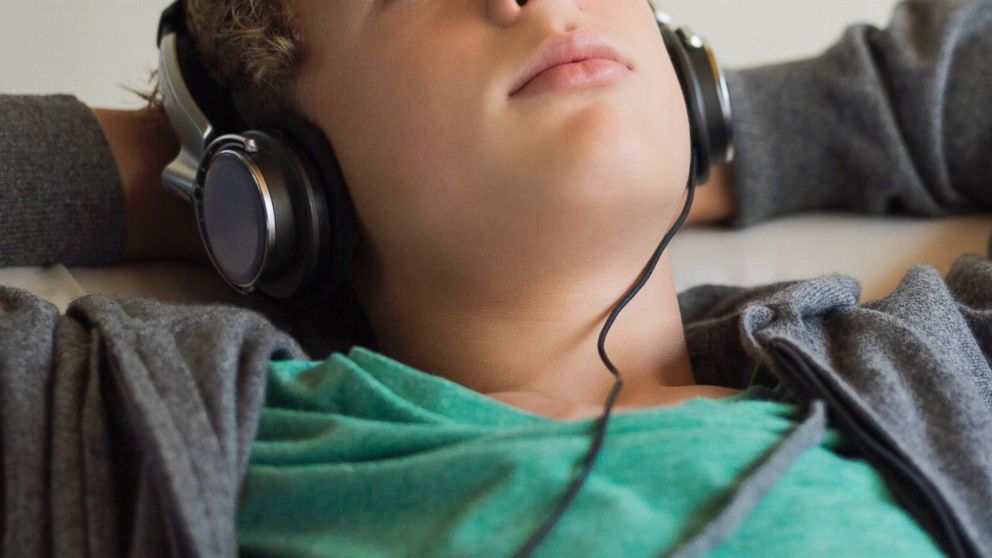1.1 Billion Young People at Risk of Losing Their Hearing, WHO Says
— -- This just in from the World Health Organization: Your mother was right all along.
About 1.1 billion people are at risk for losing their hearing, and half of 12- to 35-year-olds in high income countries expose their ears to "unsafe" sound levels when they listen to audio devices, the WHO announced today. And about 40 percent of them are exposed to "potentially damaging" sound levels at music and entertainment venues.
"As they go about their daily lives doing what they enjoy, more and more young people are placing themselves at risk of hearing loss," said Dr. Etienne Krug, WHO Director for the Department for Management of Noncommunicable Diseases, Disability, Violence and Injury Prevention. "They should be aware that once you lose your hearing, it won’t come back. Taking simple preventive actions will allow people to continue to enjoy themselves without putting their hearing at risk."
The organization suggested limited headphone use to one hour a day and not spend more than 8 hours in workplaces with 85 decibels of noise, like bars, nightclubs and sporting venues. Since those places normally have 100 decibels of noise, the WHO noted that they can cause hearing damage in as little as 15 minutes.
Dr. Daniel Jethanamest, an otolaryngologist at NYU Langone Medical Center, said hearing damage happens with repeated or prolonged exposure to loud noises or a sudden, intense loud noise, damaging the tiny hairs inside the ears. Some hearing loss is temporary, but some is permanent. If you experience hearing loss or ringing, call your doctor, he said.
Here are some sound levels to keep in mind:
Headphones can be cranked up to a volume of about 110 decibels, according to the National Institutes of Health. Though Jethanamest said there may be downloadable cell phone apps to help you keep your volumes at safe levels.
Talking at a conversational level is 40 to 60 decibels, according to the NIH.
An electric pencil sharpener is 71 decibels, according to the Centers for Disease Control and Prevention.
An ambulance siren is 120 decibels, according to the CDC.
Firecrackers are 140 to 165 decibels, according to the CDC.




